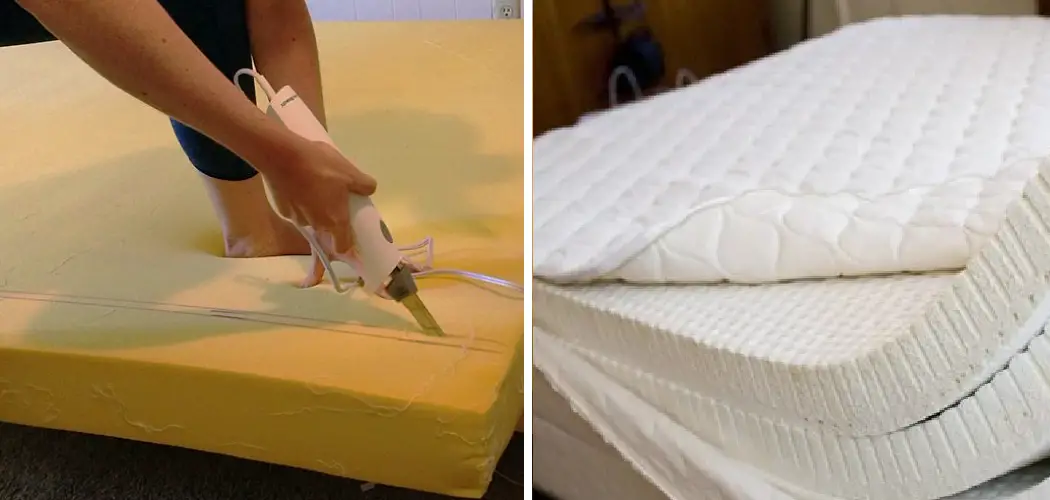Are you looking to build a mattress that isn’t just incredibly comfortable and tailored precisely to your needs and wants? Making a mattress is easier than ever with the correct information and materials.

In this blog post, we outline the step-by-step process of how to build a mattress that will give you a peaceful night’s rest for years to come! We’ll cover all components in constructing a durable yet luxurious bed, from foam layers and springs to box linen foundations. Along with detailed instructions on DIY construction, we’ll discuss fabric types, comfort preferences, and more.
And if at any point during the process you feel overwhelmed or uncertain about assembly, professional experts are always available nearby for assistance — so don’t worry about getting stuck! So, without further ado, let’s start building your dream mattress today!
Necessary Items and Tools
Before you begin your mattress-building process, it’s essential to gather all necessary materials and tools. The items and tools needed include:
- Foam layers in desired sizes and densities (memory foam, latex foam, or polyurethane foam)
- Spring coils for added support and bounce
- Boxlinen foundation for a sturdy base
- High-quality fabric for the mattress cover
- Measuring tape
- Scissors or rotary cutter
- Adhesive spray or fabric glue for attaching layers
- Sewing machine (optional)
Fabric Types and Comfort Preferences
When selecting the fabric for your mattress cover, it’s essential to consider factors such as breathability, durability, and comfort. Some popular fabric options include cotton, bamboo, and polyester blends. Cotton is a natural fabric that is breathable and hypoallergenic, making it an excellent choice for those with allergies.
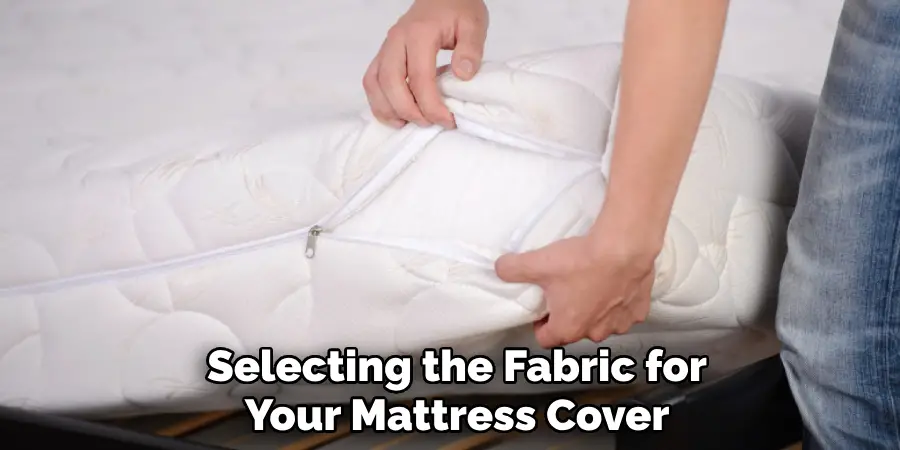
Bamboo is also a breathable and hypoallergenic option, plus it has antimicrobial properties. Polyester blends are known for their durability and wrinkle resistance, making them a practical choice for mattress covers.
In terms of comfort preferences, some people prefer a softer mattress, while others prefer a firmer one. With DIY mattress building, you can customize your comfort level by adding different foam layers or toppers. You can also experiment with different densities and thicknesses of foam to achieve your desired level of support and plushness.
10 Steps on How to Build a Mattress
Step 1: Measure and Cut Foam Layers
The first step in building your mattress is to measure and cut the foam layers to fit your desired bed size. You can choose from different types of foam, such as memory foam or latex foam, depending on your desired level of comfort.
Step 2: Glue Foam Layers Together
Next, use adhesive spray or fabric glue to attach the different foam layers. This will create a sturdy and supportive base for your mattress. If you prefer, you can also use a sewing machine to sew the layers together for added durability.
Step 3: Cut and Attach Spring Coils
If you want added support and bounce in your mattress, cut and attach spring coils between the foam layers. This is optional but will provide an extra level of comfort to your mattress. Use fabric glue or a sewing machine to secure the coils in place.
Step 4: Measure and Cut Fabric
Measure and cut your chosen fabric to fit the size of your mattress. Make sure to add extra inches for seam allowance. You can choose from various fabrics, but it’s essential to select one that is breathable and durable.
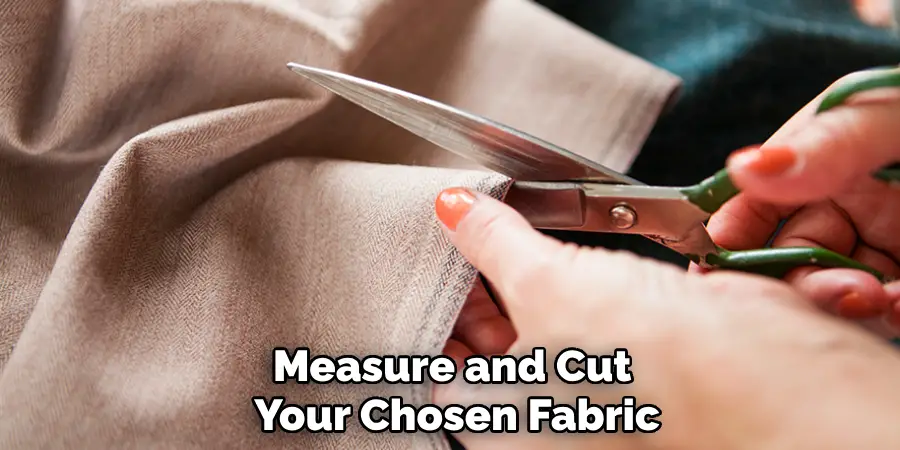
Step 5: Sew the Fabric Cover
If you have sewing skills, you can sew the fabric cover for your mattress using a sewing machine. Leave an opening on one side for easy removal and washing. If you don’t have sewing skills, you can use fabric glue to create a simple cover.
Step 6: Attach the Fabric Cover
Using adhesive spray or fabric glue, attach the fabric cover to the foam layers. Make sure to smooth out any wrinkles or bubbles as you go. If necessary, you can also trim any excess fabric.
Step 7: Cut and Attach Boxlinen Foundation
Next, measure and cut the box linen foundation to fit your mattress size. Use adhesive spray or fabric glue to attach it securely to the bottom of your foam layers. This will provide a sturdy base for your mattress.
Step 8: Allow Mattress to Settle
Once you’ve completed all the steps, allow your mattress to settle for at least 24 hours before using it. This will help the foam layers and fabric cover to adhere and create a comfortable sleeping surface.
Step 9: Customize Your Comfort Preferences
The best part about building your mattress is that you can customize it to your specific comfort preferences. If the mattress is too firm, add a soft foam topper. Or, if it’s too weak, add a more muscular foam layer underneath.
Step 10: Enjoy Your Custom Mattress!
Congratulations, you’ve successfully built your very own custom mattress! Now it’s time to enjoy a restful sleep on your personally tailored creation.
Building your mattress may seem daunting, but with the suitable materials and instructions, it’s a manageable and rewarding project. Plus, you’ll have a one-of-a-kind mattress that suits your individual comfort needs and preferences. So why settle for a generic store-bought mattress when you can create your personalized sleep oasis?
Follow these ten steps on how to build a mattress and enjoy the satisfaction of sleeping on a bed that you made with your own two hands.
8 Care Tips for Your Mattress
To ensure that your custom mattress stays in top condition for years to come, here are some care tips to keep in mind:
1. Rotate the Mattress Regularly
To prevent uneven wear and tear, it’s important to rotate your mattress every 3-6 months. This will help maintain its shape and comfort.
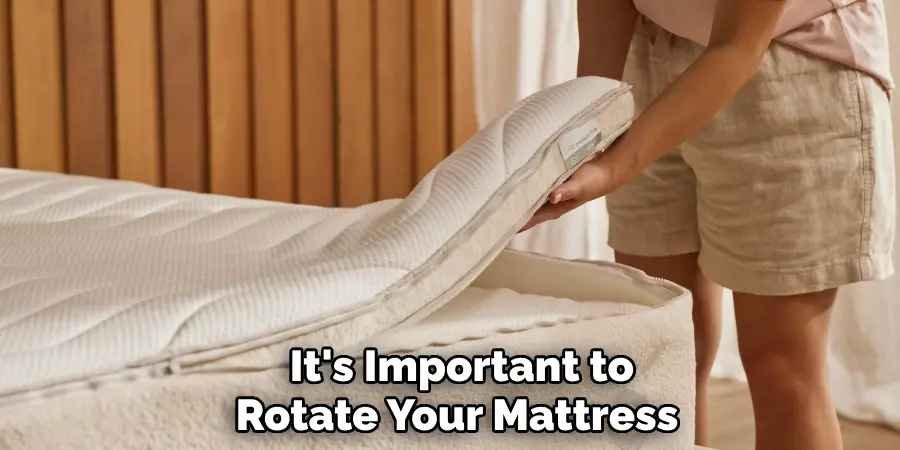
2. Use a Mattress Protector
Protect your mattress from spills, stains, and dust mites using a waterproof and breathable mattress protector.
3. Air Out Your Mattress
To keep your mattress smelling fresh, air it out regularly by opening windows or placing it outside in the sun for a few hours.
4. Vacuum Regularly
To remove dust and debris, vacuum your mattress at least once a month. This will also help prevent allergies.
5. Spot Clean Stains Immediately
If you spill something on your mattress, spot-clean the stain immediately with a damp cloth and mild soap. Avoid harsh chemicals or excessive water, which can damage the foam layers.
6. Don’t Jump or Bounce on Your Mattress
Although your custom mattress is sturdy and durable, it’s not designed for jumping or bouncing. This can cause damage to the foam layers and affect its lifespan.
7. Avoid Sitting on the Edge
To prevent sagging and maintain shape, avoid sitting on the edge of your mattress for extended periods.
8. Replace Every 8-10 Years
Despite your best care efforts, mattresses should be replaced every 8-10 years to ensure maximum comfort and support for a good night’s sleep.
By following these tips on how to build a mattress, you can extend the life of your custom mattress and continue to enjoy its benefits for years to come. So go ahead and create your dreamy sleeping surface, and remember to give it the proper care and attention it deserves.
6 Things to Avoid in Your Mattress
While building your mattress gives you control over its materials and design, there are some things you should avoid to ensure it stays comfortable and supportive. Here are six things to keep in mind:
1. Chemical Flame Retardants
Many mattresses use chemical flame retardants that can be harmful to your health. When building your mattress, opt for natural and non-toxic materials to avoid exposure to these chemicals.
2. Low-Quality Foam
Using low-quality foam in your mattress can lead to discomfort and sagging over time. Make sure to choose high-density and durable foam layers for a longer-lasting mattress.
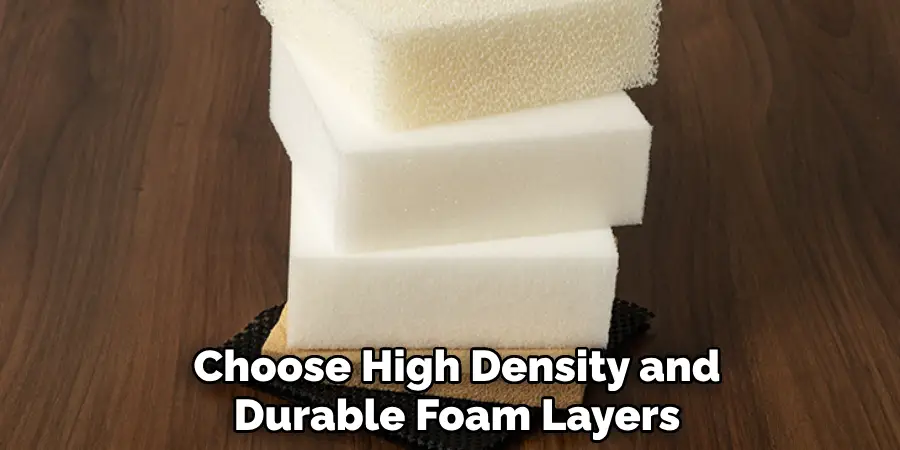
3. Poor Quality Fabric
The fabric you choose for your mattress cover should be breathable and durable. Avoid using low-quality or non-breathable fabric, as it can trap heat and cause discomfort while sleeping.
4. Lack of Support
A supportive mattress is crucial for a good night’s sleep. When building your mattress, use the right foam layers to support your body adequately.
5. Not Considering Your Sleeping Position
Everyone has their preferred sleeping position, so it’s essential to consider this when building your custom mattress. For example, side sleepers may need more cushioning for pressure points, while back sleepers prefer a firmer surface.
6. Not Allowing Enough Time to Settle
As mentioned earlier, it’s essential to allow your mattress to settle for 24 hours before using it. Rushing this process may lead to an uneven or uncomfortable sleeping surface.
By avoiding these common mistakes on how to build a mattress, you can ensure that your custom mattress provides the optimal comfort and support for a restful night’s sleep. Take the time to choose materials and construct your mattress correctly and carefully, and you’ll be rewarded with a truly personalized and comfortable sleep experience.
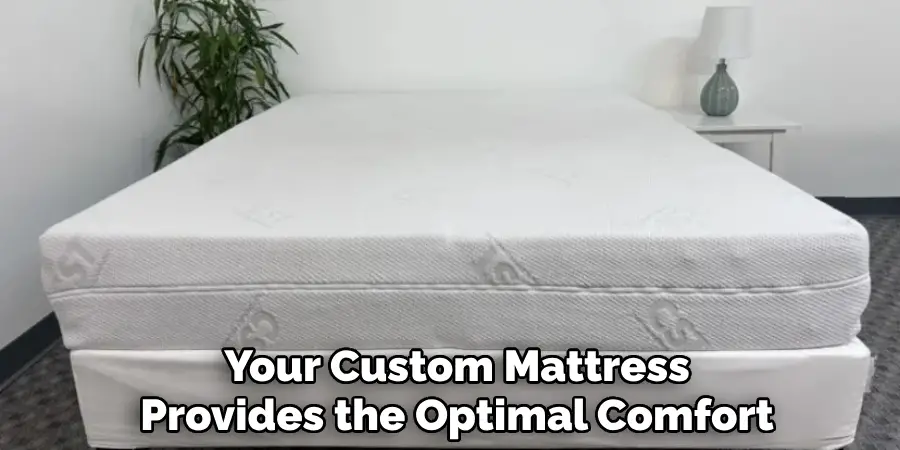
Frequently Asked Questions
How Much Does It Cost to Build Your Mattress?
The cost of building your mattress will vary depending on the materials you choose and the size of your mattress. However, it is generally more affordable than purchasing a high-quality store-bought mattress. Plus, you have the added satisfaction of creating a custom product.
Is Building Your Mattress Difficult?
Building your mattress may seem daunting, but with the suitable materials and instructions, it can be a manageable and rewarding project. Carefully follow each step and take your time to ensure a well-constructed mattress.
Can I Still Use My Existing Bed Frame?
Yes, you can still use your existing bed frame with your custom mattress. Just measure the dimensions of your new mattress beforehand and ensure that it fits properly on your bed frame.
Can I Adjust the Firmness of My Custom Mattress?
Yes, you have complete control over the firmness of your custom mattress by choosing different foam layers and adjusting their placement. This allows you to create a personalized sleep surface that meets your comfort needs.
How Long Will It Take for My Mattress to Arrive?
The time it takes for your custom mattress to arrive will depend on the materials and manufacturer you choose. Some companies offer faster shipping options, while others may take weeks or longer. Make sure to research each company’s shipping policies before purchasing.
What Materials Should I Use for a Hypoallergenic Mattress?
To create a hypoallergenic mattress, opt for natural and organic materials such as latex foam, cotton, and wool. These materials are naturally resistant to dust mites and mold, making them a safe and healthy choice for those with allergies.
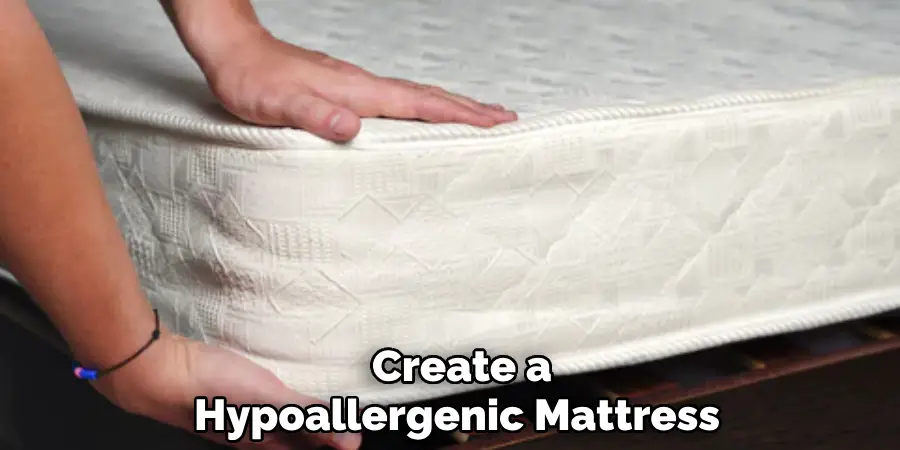
Can I Return or Exchange My Custom Mattress?
It’s essential to carefully research the return and exchange policies of the company you choose to purchase your custom mattress. Some companies may offer a trial period where you can return or exchange your mattress if it doesn’t meet your expectations, while others may not allow returns or exchanges at all. Be sure to read the fine print before making your purchase.
Conclusion
Building your mattress allows you to create a truly personalized sleep surface that fits your specific needs and preferences. By following these tips on how to build a mattress and avoiding common mistakes, you can ensure that your custom mattress provides optimal comfort and support for a restful night’s sleep. Making your mattress may require time and effort, but the result is well worth it.
You’ll have a unique and comfortable sleeping surface that fits your needs and preferences. Plus, by following care tips and avoiding common mistakes, you can ensure that your custom mattress stays in top condition for years. So start constructing your dreamy sleeping surface, and enjoy the benefits of a custom mattress for years to come.

